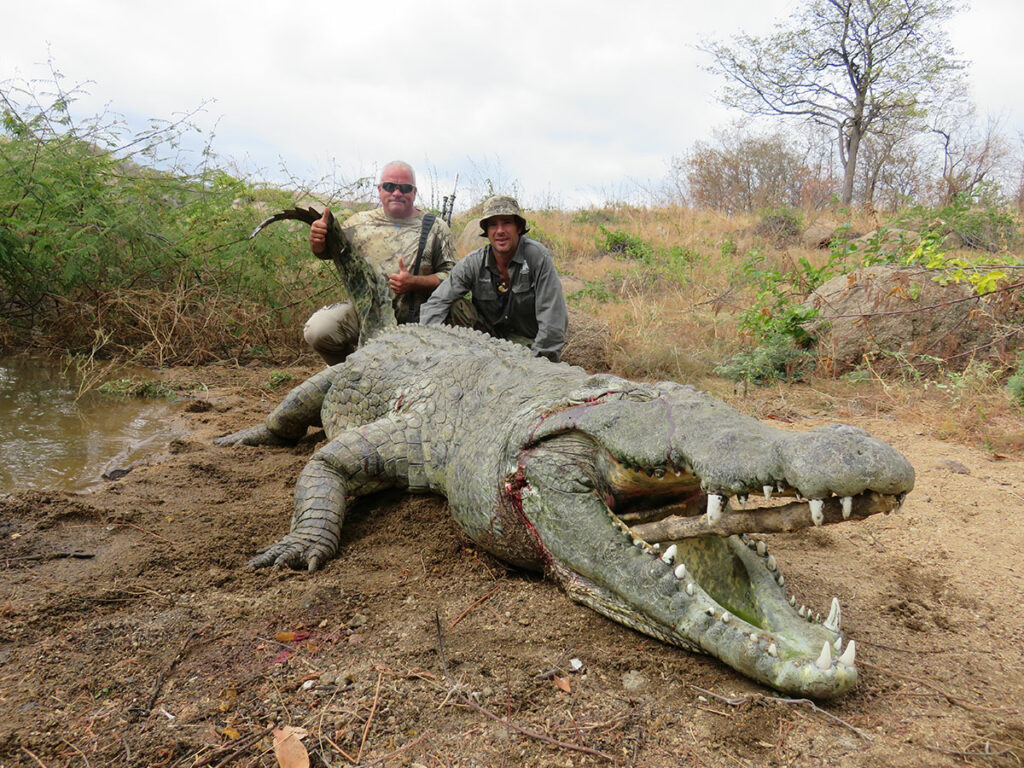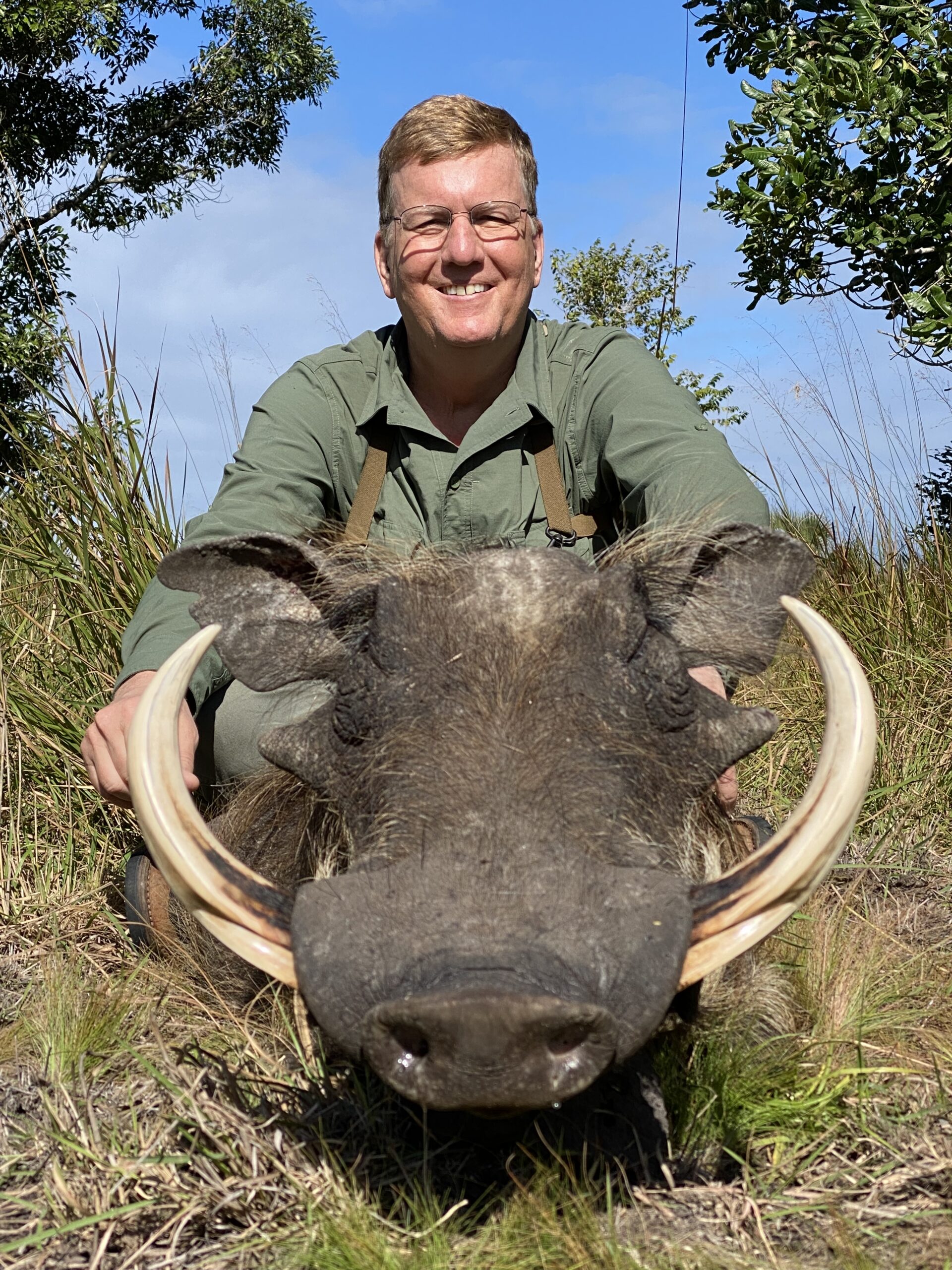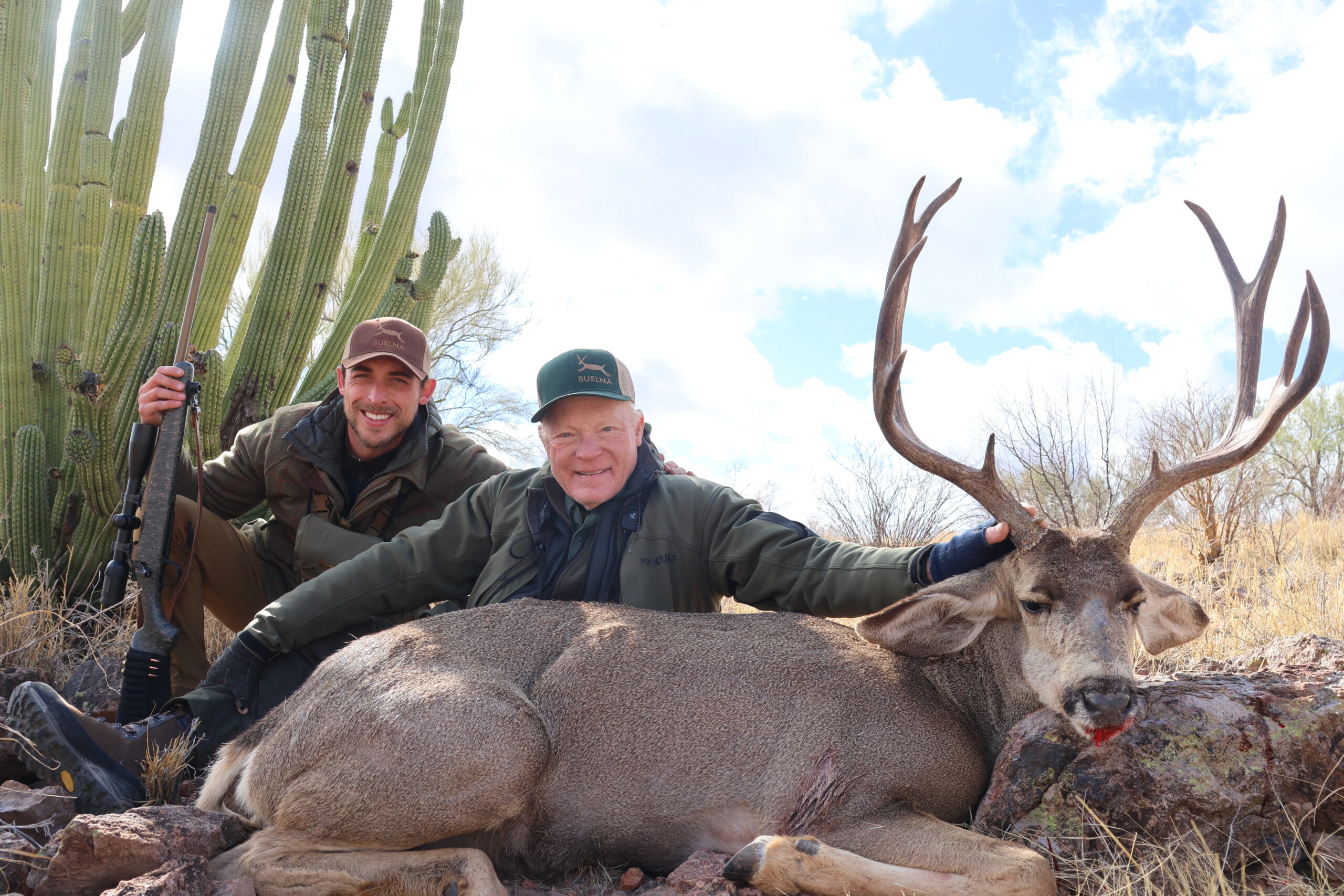Surviving a brutal crocodile attack is a nightmare few people can talk about. For two aspiring fishermen crossing the Cahora Bassa Lake, their story is as honest as it is terrifying. Setting out in their family Makoro (a hand-carved, wooden canoe) toward their favorite fishing hole, they were attacked by a monster croc. Huge, muscular jaws tore away the bow of their canoe, nearly causing the boat to capsize and dump the boys into the crocodile-infested waters. The boys were able to steel their nerves, move their weight to the back of their now damaged boat to keep it afloat and make it back to shore. They survived and now the village vowed to hunt down the monster to protect themselves and their future.
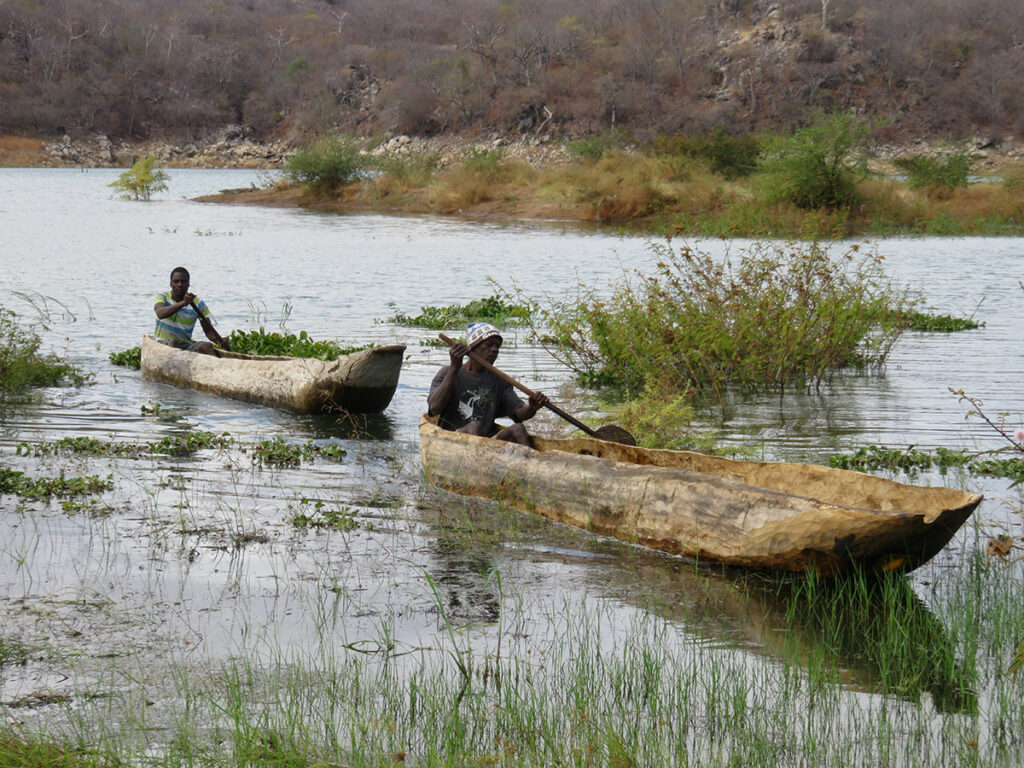
As the last living examples of the dinosaur, crocodiles have dominated our waterways for millions of years. They have keen senses and are quite intelligent, living as long as 80 years. They are notoriously difficult to hunt, and this challenge gives one a whole new perspective of their intelligence, power and danger.
My good friend Tom Merkle and I had booked a multi-species safari with Mashambanzou Safari’s in Mozambique. Our plans included hunting the bays and shoreline of the 300-square-mile Cahora Bassa Lake in Central Mozambique. This immense lake is famous for its record numbers of massive crocodiles. We knew that crocodiles were dangerous but did not realize the magnitude of that danger until arriving in Mozambique and were briefed on the mounting panic that recent croc attacks brought upon the fishing villages.
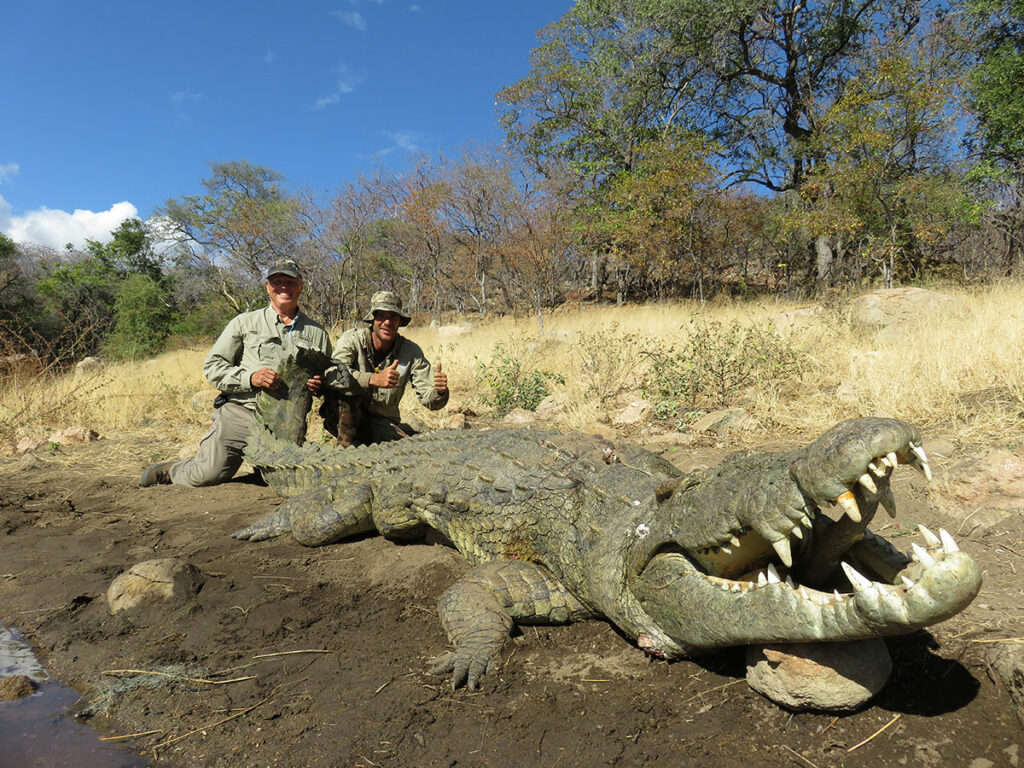
Loss of limbs and life are common. Just the month previously, one of Mashambanzou’s camp staffers was attacked and killed on the shore of the lake. Loss of property, such as the young fishermen’s Makoro, was financially devastating. Makoros are a way of life in these villages. A Makoro takes many months to build as they are hand-carved from a tree, using primitive axes. A well-made Makoro is a family heirloom and treasure, passed from generation to generation, a symbol of pride and honor, a tool as well as transportation.
Prior to Tom’s and my hunt, Richard Kok, our Professional Hunter, interviewed local fisherman on the whereabouts and recognizable features of the big crocs that were responsible for recent deaths. In addition to the croc that terrorized the young fishermen, several others that were harassing the bay and keeping others from earning their living were identified. The villagers knew the crocs well, had studied their markings and behaviors and had even named their enemies.
The first day of our croc hunt, we were unsuccessful in locating the big one. The second day, overcoming their fears, some of the fishermen volunteered to take us out in their Makoros to search the bay that was home to the killer croc who attacked the boys’ canoe. Our adventure was about to get a lot more exciting than we had bargained for.
Spotting dozens of crocs in the nearby water made us reasonably cautious about water safety. We willingly accepted the guided tour of the bay offered by the locals and then briefly reconsidered when the fishermen invited us to join them in their Makoros. As a primitive form of transportation, these hand-carved canoes are normally built for two. They are not very wide or stable. When loaded with three men, especially American-sized men, there is very limited space.
In order to sit in the canoe, Tom and I literally had to slide in sideways, then turn while trying not tip the canoe over. With guns, binoculars and backpacks, there was hardly any freeboard. As the wind whipped up, the native fisherman steered us into the bay, paddling furiously and managed to balance the now pitching craft. I kept thinking that this was an accident waiting to happen. Tipping over would not only cause me to lose my gun and gear, but we could become a meal for one of the many waiting crocodiles. We searched the bay and as we neared the shore, we found at least ten large crocs, including the big one. We were now near the 15-foot monster that caused the greatest concern among the fishermen. We made it to shore and after planting our feet on solid ground, allowed ourselves to relax our breathing.
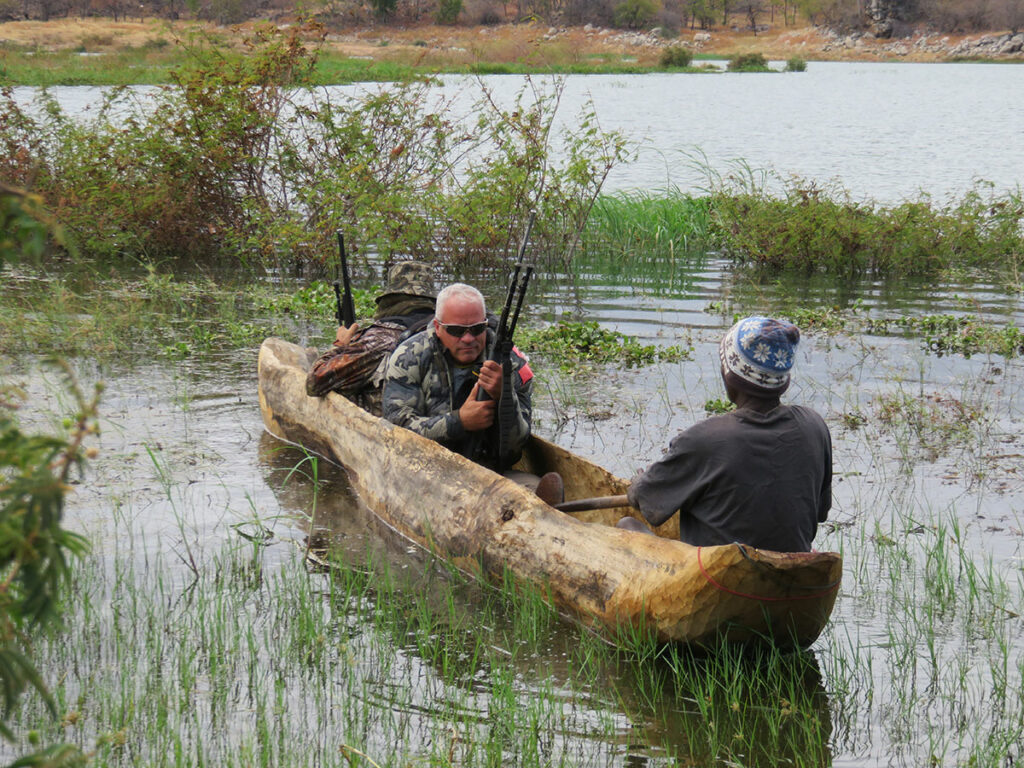
Richard scouted out a location downwind and Tom crawled to meet him. They settled in to where they had a good shot opportunity at the biggest croc. Once shots were fired, two of the fishermen and I started walking toward Richard and Tom – we walked right into a cobra, poised to strike three feet in front of us. My hair was now standing on end as I quickly stepped away from the highly venomous snake.
We finally made it to Richard and Tom and the monster croc. At 15 feet long and between 600-700 kilograms, we had a big job ahead of us. While field dressing the giant reptile, we retrieved a fishing net in addition to several broken bones, which appeared to be human hand and arm bones. Hauling the monster croc in the small canoe was quite the challenge. When we finally got him loaded, the sides of the canoe were barely above the water. For good reason, I volunteered to wait for another Makoro that had more wood between me and the croc-infested waters.
The next day, Richard guided us to a different area to hunt for another dangerous croc. We were relieved to learn that our Maroko was being replaced by an old 18-foot fiberglass boat. Our relief was short-lived. This boat was retrofitted with a single cylinder diesel engine. I was not certain of the vintage of the old motor but suspected that it was built soon after the turn of the century; it was started with a hand crank like a Model T Ford. The radiator leaked profusely, requiring the owner to continuously pour buckets of water into it to keep the engine cool.
Chugging along with a loud putt, putt, putt, at about 7-8 miles per hour, it sounded more like an old John Deere tractor than a boat. Our journey would take us up the lake about 15-20 miles to the area where the problem croc lived. Our ride was marked by a continual screeching sound coming from a bearing either in the engine or the propeller shaft. We were almost at our destination and in open water when the screeching noise suddenly got worse and the propeller quit turning.
Before the owner could shut it down the engine the propeller drive belts were smoking. I thought we had finally burned out the bearing. We were far away from the village with no life jackets or paddles. The prevailing wind was blowing us further into the lake and we had no way to get back toward the shore. We were in another uncomfortable situation to say the least. The young boat owner must have been familiar with this failure. He grabbed a knife and dove right into the water. A few minutes later he brought up a big handful of fishing net he had cut loose from the prop. We all breathed a sigh of relief and were soon chugging our way up the lake again.
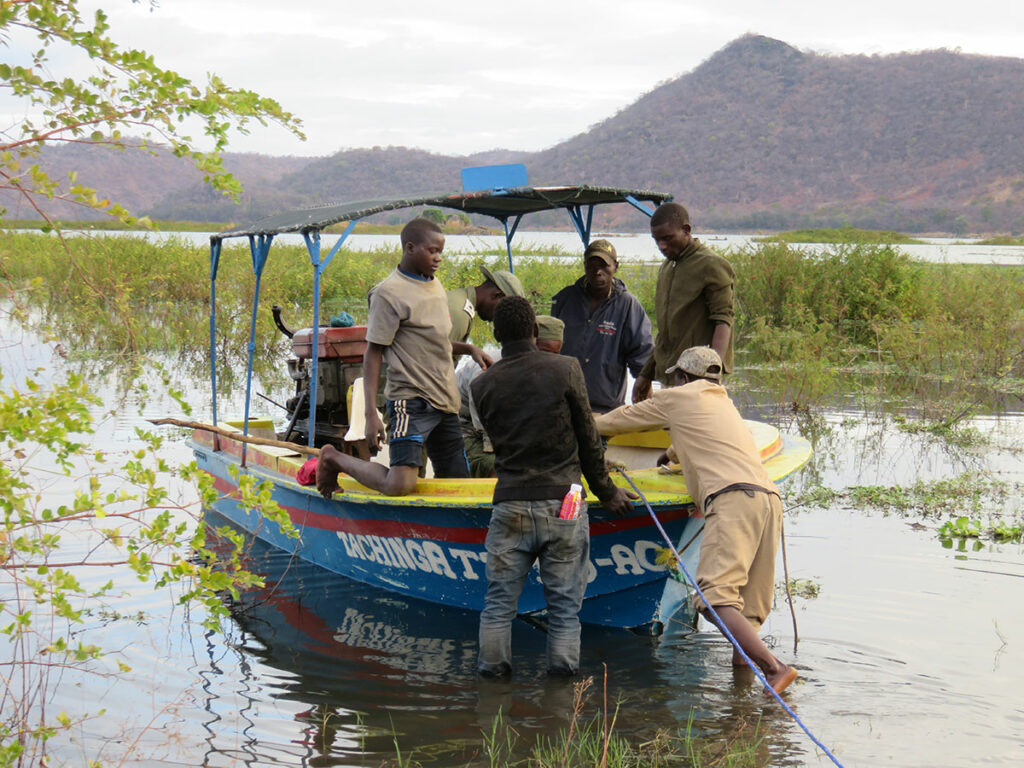
Soon after the entrance to the targeted bay, Richard spotted a big croc and identified it as our mark. Even from a few hundred yards away you could tell this croc was massive. We worked our way into the bay and the boat dropped us off. Richard and I made a stalk, but wind was not in our favor and the big croc either heard or smelled us and slipped back into the water.
We had the boat owner move us to another location, down wind and out of sight. We climbed up some big rocks overlooking the water and waited for him to return. Within 30 minutes, he started swimming around the bay, searching for safety and passed right below us. His immense size was amazing, it was almost as if we were watching a science fiction movie. The croc would pass us, barely submerged and then disappear before our eyes. This drama went on for 20-30 minutes. When he finally decided it was safe, he headed for the same area where he had been resting earlier.
Richard told me if I had a good shot to shoot as soon as he swam into a small pool of shallow water surrounded by rocks. However, rather than stopping in the shallow pool, he just kept climbing onto the beach where his head and neck were hidden from my view by heavy bushes. As hard as I tried, I just could not see enough of the outline of his head and neck to make a fatal shot. (Shooting a crocodile requires precision shooting. Either a brain shot, which is about the size of a golf ball, or breaking the neck vertebrae are the best locations for a fatal shot. In our case we were shooting between 75 and 135 yards.)
Since I was hunting for a croc and a couple miniature antelope, I needed a rifle and scope that I had the utmost confidence in, so I took my H-S Precision .300 Winchester Magnum topped with a Leupold VX-6 4-24 power scope. I shoot ammunition that is meticulously reloaded using Norma Brass and Barnes 180-grain TTSXBT bullets.
As I watched from my position trying to frame a shot, Richard took Tom to a different location on another rock. Tom had a very small window in which he could see enough of the croc’s eye to make a shot. I heard several shots and watched the colossal croc expire before my eyes. Richard estimated the croc at 70-80 years old. He was about 16 feet long with amazing girth and very dark skin, indicative of a very old croc. He was one known by the fishermen to have taken human lives. The entire village came out to greet us that evening when we returned with the giant croc that had terrorized so many.
The next day we tried to take the boat again to where a huge croc hung out that was known to have killed at least five people. The fishermen called him “GAPATO.” The wind was blowing hard and only getting worse with a sea of whitecaps and a forecast for 25-knot winds. Richard and the boat owner decided that this was just too dangerous, so we returned to the village.
We re-grouped and went to another area where we made a successful stalk and I shot a big 14 1/2-foot croc. Unfortunately, the truck could get no closer than almost one mile away, requiring the trackers to skin the big croc where I shot it and pack the skin and skull on their shoulders with a packing pole. When we opened up the stomach, we were saddened to find pieces of a necklace and remnants of fishing net. The necklace was believed to have been worn by a young woman who had been grabbed by the big croc. A very uncomfortable feeling overcame us each time we opened up the stomachs of the three crocs, attempting to identify the remains of any victims. We hoped that we eliminated some of the crocs that were injuring and killing villagers and restored some hope. They were certainly very happy and enthusiastic that we tried.
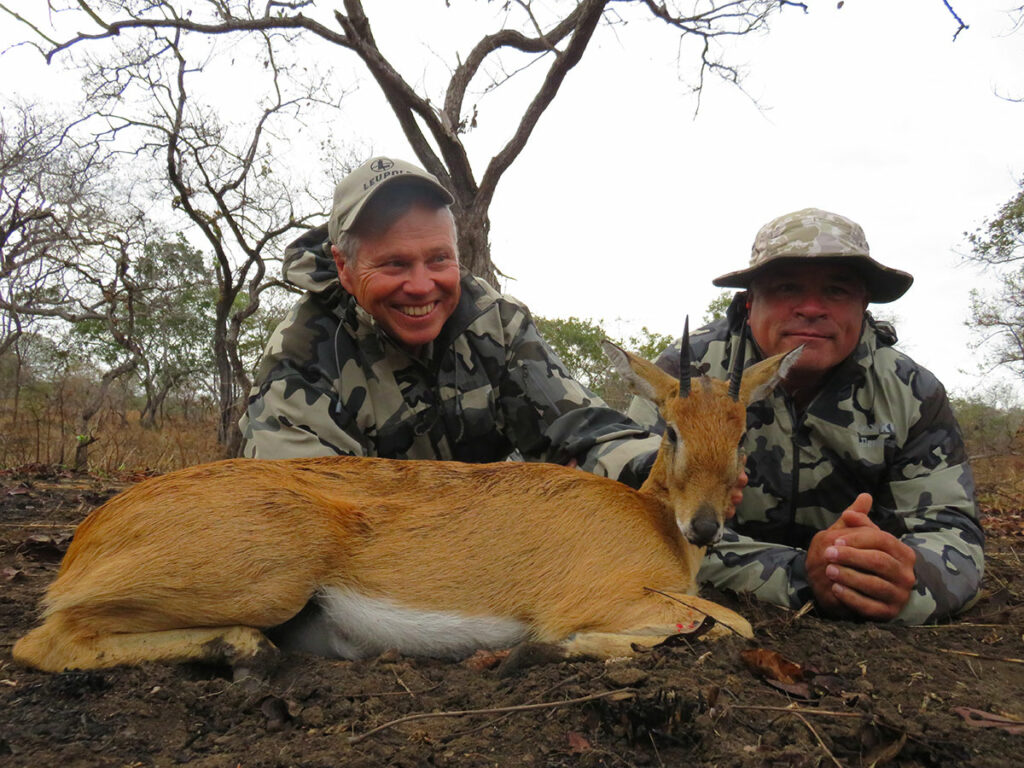
We offered the meat from the three crocodiles to the village, but they refused, believing that since the crocs had killed people that they would be eating their own kind.
On this safari Tom shot several animals, including two very large crocs, a huge leopard, sable, kudu and several others. I shot one big croc, a sharps grysbok and an oribi, which I will add to my collection of miniature antelope. This completes my quest for the Dangerous Seven. But that is another story.
All trophies that we harvested were exceptional quality and I would highly recommend Mahambanzou Safaris for an African Safari.–Gary Christensen

